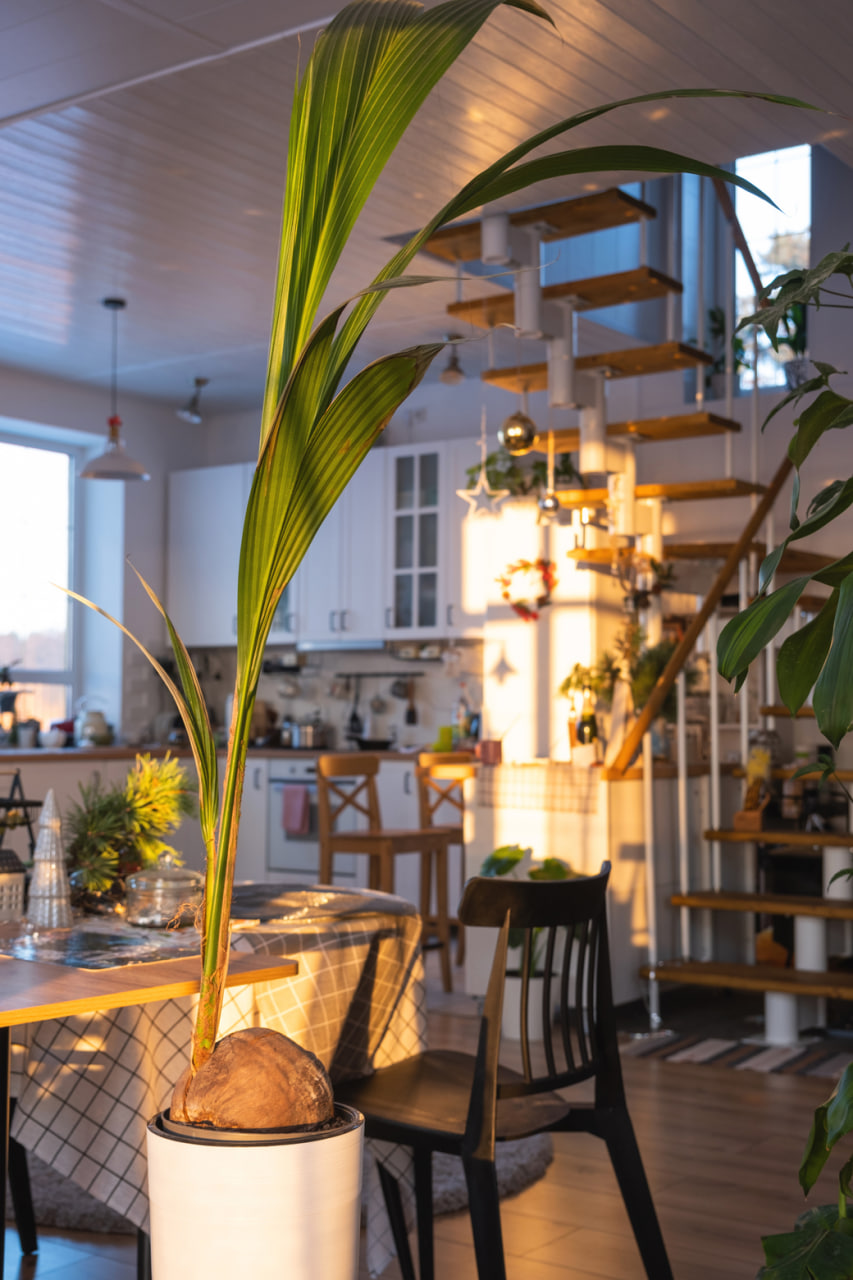Phone:
(701)814-6992
Physical address:
6296 Donnelly Plaza
Ratkeville, Bahamas.

In today’s fast-paced and often unpredictable world, our homes are more than just physical shelters; they are sanctuaries for our mental and emotional wellbeing. The environment we live in profoundly influences our stress levels, mood, and overall psychological health. One of the most effective ways to foster mental wellbeing at home is by creating a flexible living space—one that adapts to your needs, supports your routines, and promotes calm amidst life’s inevitable changes.
The journey from chaos to calm begins with understanding how our living environment impacts our mind. Cluttered, rigid, or poorly organized spaces can increase anxiety, reduce focus, and drain energy. Conversely, a home designed with flexibility and intentionality encourages relaxation, creativity, and emotional balance.
Flexibility in home design means creating spaces that are adaptable—not just physically but emotionally. Life changes constantly: work demands shift, family grows, hobbies evolve, and sometimes priorities change overnight. A flexible home can accommodate these transitions without causing disruption or stress.
When your environment feels supportive and easy to adjust, you spend less time battling your surroundings and more time engaging with what matters. Flexibility can reduce decision fatigue by simplifying organization, minimize clutter by providing smart storage, and create zones that cater to different moods and activities.
To transform your home into a calming retreat, start with zones dedicated to specific functions and feelings. A peaceful corner for meditation or reading, a bright and airy workspace, or a cozy nook for family time can all coexist in harmony if the space is designed thoughtfully.
Natural elements like plants, natural light, and soothing textures can amplify the calming effect. Using muted colors and soft materials helps reduce sensory overload, making the space inviting and restorative. Flexible furniture arrangements that allow you to change the layout depending on your mood or needs can also help maintain a sense of control and freshness.
Physical clutter often mirrors mental clutter. The process of decluttering is not just about tidying up but about creating mental space. A flexible home encourages minimalism in a practical way—offering modular storage solutions that keep belongings organized but accessible, and promoting the habit of intentional living.
By designing spaces that accommodate only what is necessary and meaningful, you reduce distractions and create a sanctuary that nurtures clarity and focus. This doesn’t mean stripping your home of personality or comfort; rather, it means choosing quality over quantity and making room for what truly supports your wellbeing.
Mental wellbeing is not static—it fluctuates based on life events, seasons, and internal rhythms. A home that supports wellbeing recognizes this fluidity. For example, a quiet bedroom may need to transform into a home office during work hours or a playful area when children visit.
Having flexible storage, movable partitions, or convertible furniture allows your home to respond gracefully to these shifts. This adaptability also empowers you to redesign your environment to match your emotional needs, whether you require stimulation, rest, or social connection.
Routines and rituals are powerful anchors for mental health, and a flexible home enhances your ability to create and maintain them. When spaces are designed to support daily habits—morning mindfulness, creative projects, family meals—they become facilitators of consistency and calm.
Consider how easily you can move between activities in your home and whether your space invites you to engage in self-care practices. The more seamless and supportive the environment, the more likely you are to stick to routines that bolster your mental wellbeing.
Modern homes are filled with technology, which can be both a source of convenience and a cause of overstimulation. Creating a flexible home means thoughtfully integrating technology to serve your mental health rather than undermine it.
This could mean designated tech-free zones, smart lighting that mimics natural rhythms, or soundproof areas that reduce noise pollution. Managing sensory input through lighting, sound, and spatial layout helps you regulate stress and maintain a sense of peace.